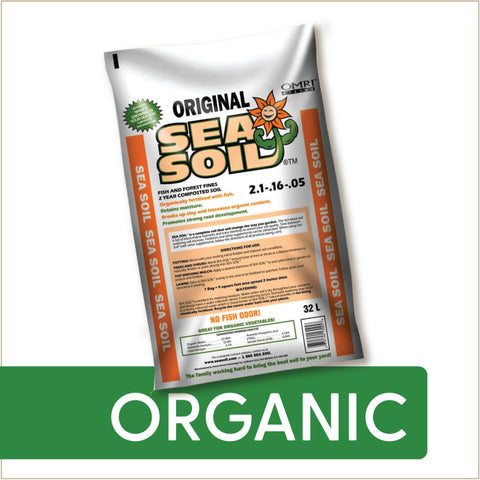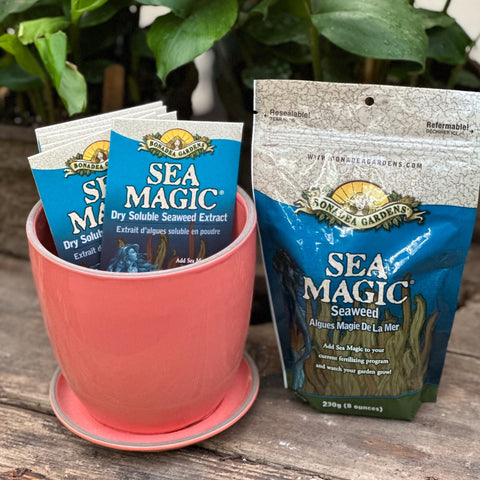Seeds - Corn, Unexpected Revelations Baby & Popcorn V1 OG (F)
$4.99
This item may be out of season or currently out of stock. Please check back.
Order info: This item is available for online ordering within Canada. Please choose shipping or local pick-up at check out
Description: Scrumptious baby corn as well as spectacular popcorn. If you’ve never grown your own baby or popcorn, get ready: nothing you can buy will prepare you for the deliciousness or joy of growing your own! Utterly unexpected and such a revelation compared to anything frozen or in a can, hence the name. If you miss the baby corn stage, each ear matures into gorgeous popcorn, easily maturing even in short seasons.
Pack Size: 70 seeds
Latin Name: Zea mays
Main Uses: Vegetable
Days to Maturity: 62 - 70 days for baby corn / 105 - 115 for popcorn
Exposure: Full sun
Certified Organic: USDA Certified Organic
Germination: 4 - 21 days at 20ºC.
Starting indoors: Starting corn transplants indoors is a practice that is becoming more common in regions with shorter growing seasons. Start transplants in small cells 3 - 4 weeks before the planting-out date.
Outdoors: Direct-seed in early June, once the soil has warmed and there is no chance of frost. Seeds may rot if the soil temperature is too low.
Planting Depth: 1".
Spacing: Sow seeds 4” apart and thin to 8 - 12” apart when plants are 3” tall. For early varieties space rows 30 - 36” apart and for main-season types space 36” apart. To ensure pollination, plants should be spaced in blocks of a minimum of 48” in length, with approximately 12” between each plant.
Planting out: Plant in well-drained fertile soil after all danger of frost has passed.
Growing in Containers: May be grown in larger planters, such as half barrels and raised beds.
Fertilizing (Containers): Requires rich soil and regular application of a higher-nitrogen organic fertilizer, such as fish emulsion.
Watering (Containers): Corn requires regular, deep watering at the base of the stalks.
Growing in Mixed Planters: Not suited for mixed planters.
Fertilizing (Garden): Plant in a garden bed recently amended with quality compost. Feed weekly with a higher nitrogen organic fertilizer. Corn is a heavy feeder and requires rich, fertile soil and benefits from the addition of good quality compost such as Sea Soil. Rotate legumes with corn each year to help meet the nutrient needs.
Watering (Garden): Water young plants regularly to establish, then water deeply as conditions require.
Garden Companions: Try planting lettuce in between rows of corn - the corn will provide the lettuce with some shelter from the heat and sun.
Pest/Disease Issues: To prevent rust, water early in the day and avoid getting water on the plants. Allow for sufficient air circulation by following the recommendations for plant spacing.
Harvesting: As a rule, corn is ready for harvest when the silk at the top of the cob is dried, the cob looks full and plump, and kernels release a translucent juice when punctured.
Notes: To extend harvests, gardeners will grow several varieties of corn. However, each variety must be planted as far away from one another as possible, to reduce cross-pollination.
Suitability for Indoors: Not suited for indoors.







